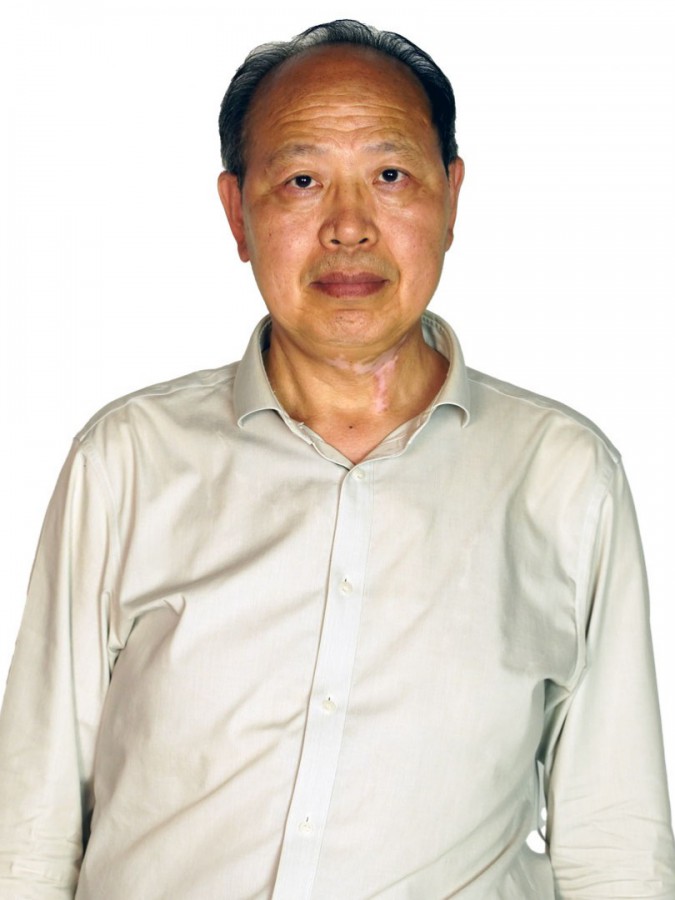abstract
Light-emitting diodes (LEDs) are replacing conventional lighting sources, like incandescent and fluorescent lamps, due to their higher efficiency, lower energy consumption and environmental friendliness characteristics. Additional applications envisaging engineered light able to control the human circadian rhythm are now in place with emphases on green-emitting LEDs. In this work, transparent and flexible coatings based on organic-inorganic di-ureasil hybrids doped in-situ with a terbium (Tb3+) complex involving salicylic acid as ligands were synthesized. The materials are transparent, essentially amorphous and thermal stable up to 180 degrees C. Under near-UV excitation, bright green emission with high quantum yield (0.565 +/- 0.057) and enhanced photostability are observed. Green-emitting prototypes were fabricated using a commercial near-UV-emitting LED (NUV-LED) combined with the Tb3+ -doped di-ureasil coating showing narrow-band green emission with yellowish-green color coordinates (Commission Internationale de l'Eclairage, CIE 1931) of (0.329, 0.606) and high luminous efficacy (21.5 lm/W). This efficacy is the largest one reported for analogous prototypes formed by an NUV-LED coated with a green-emitting phosphor prepared under mild synthetic conditions (<100 degrees C), demonstrating that in-situ formation of carboxylate lanthanide-based complexes is an energy saving process with potential for solid-state lighting and backlight for flexible displays.
keywords
LANTHANOID BENZENE CARBOXYLATES; ORGANIC-INORGANIC HYBRIDS; RARE-EARTH COMPLEXES; IN-SITU SYNTHESIS; SOLID-STATE; ENERGY-TRANSFER; SPECTROSCOPIC PROPERTIES; LUMINESCENT PROPERTIES; CRYSTAL-STRUCTURES; SALICYLIC-ACID
subject category
Optics
authors
Fang, M; Bispo, AG; Fu, LS; Ferreira, RAS; Carlos, LD
our authors
acknowledgements
This work was financially supported by the project WINLEDS-POCI-01-0145-FEDER-030351 and developed within the scope of the project CICECO-Aveiro Institute of Materials, FCT Ref. UID/CTM/50011/2019, financed by national funds through the FCT/MCTES. This work was also supported by the China Scholarship Council, grant: 201707920002 (2017-2020). AGBJ is particularly grateful to the S~ao Paulo research foundation (FAPESP) (Grant No. 2015/10394-1, 2016/20421-9, and 2017/21995-1).





